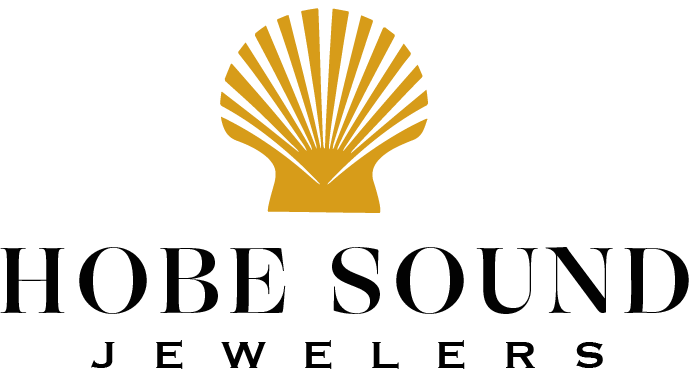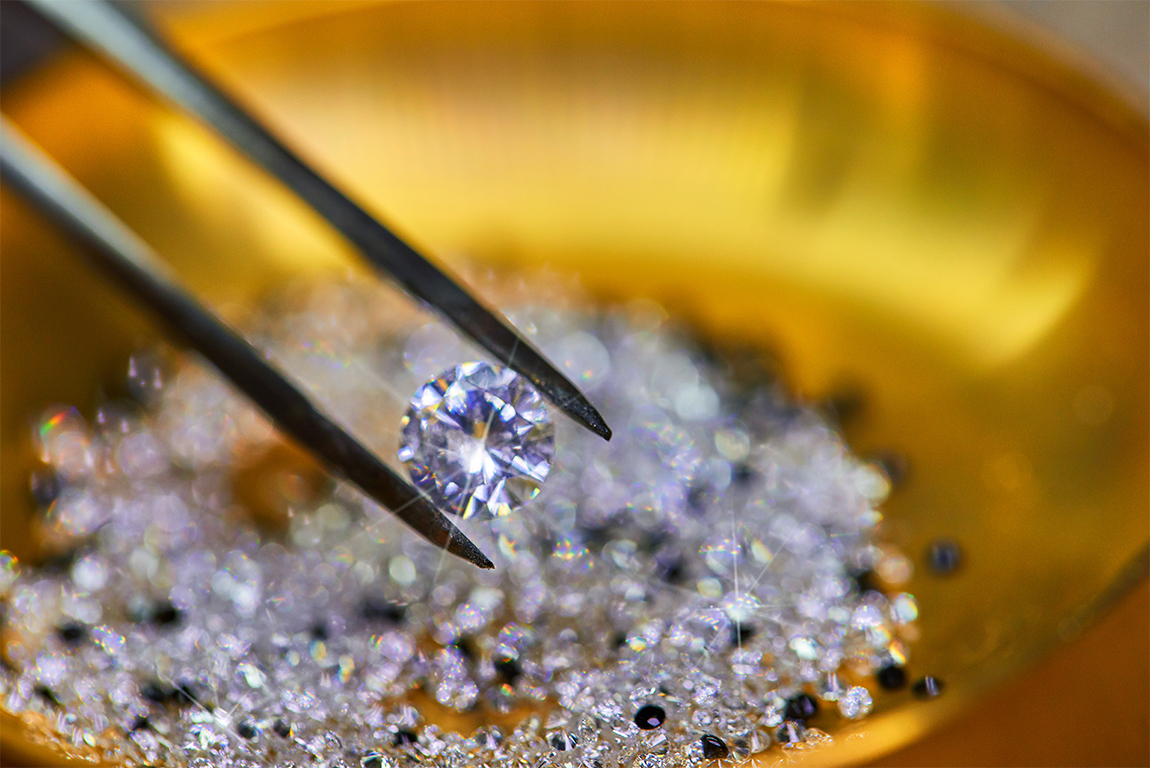Purchasing a Diamond
There are four factors that determine the value of a diamond, collectively known as the four C’s. The combination of the 4 C’s determine each diamonds value. Master these important facts, and you will be prepared to make your purchase.
Carat. Clarity. Color. Cut.
Carat
This word for the measurement of the diamond’s weight is derived from the carob seeds that were used to balance scales in ancient times. A carat is equal to 200 milligrams and there are 142 carats to an ounce. There are 100 points in a carats. A half a carat diamond may be referred to as a 50 point stone. (about 100 milligrams). Because large diamonds are rare, they usually have greater value per carat.
Clarity
A diamond’s clarity is affected by external irregularities and internal imperfections created by nature when a diamond was formed. Imperfections such as spots, bubbles, or lines are called inclusions. Although these marks make each stone unique, the fewer inclusions, the more valuable the stone.
Inclusions can interfere with the passage pf light through the stone, diminishing the sparkle and value of a diamond.
According to the diamond analysis system the Gemological Institute of America (GIA), clarity is graded on a scale from flawless (FL) or IF) to imperfect (I). To be graded flawless, a diamond must have no inclusions visible to a trained eye under a 10x magnification in a good light.
Color
Diamonds come in every color of the spectrum, but the most popular gems are colorless. Truly colorless, icy-white diamonds are extremely rare and therefore the most costly. Stones are graded by color and given designations and dependent on how far they deviate the purest white. Colorless stones are graded B Color graded continues down through the alphabet, with each letter designation a yellower tint. The way to see the true color of a diamond is by looking at it against a white surface. Although the great majority of diamonds come in shades of white, the gems also come in spectrum of majestic colors, from red and canary yellow, to blue, green and brown. These colorful diamonds known as fancies, are valued as their depth of color, just as white diamonds are valued for their lack of color.
Cut
Each diamond is cut according to an exact mathematical formula. The most common cut, the round brilliant, has 58 facets, or small, flat. polished planes designed to yield maximum amount of light to be reflected back to the viewer. This reflection, known as brilliance. is an extremely important factor in evaluating the quality of a diamond. A poorly cut diamond will actually lose light and appear dull. The widest circumference of a diamond is known as a girdle. Above the girdle of a brilliance diamond cut are 32 facets plus the table, the largest and topmost facet. Below the girdle are 24 facets plus the cutlet, or point. Cut is also known to describe the shape of a diamond. In addition to the round brilliant, other popular cuts include emerald, marquis pear, oval and square.


